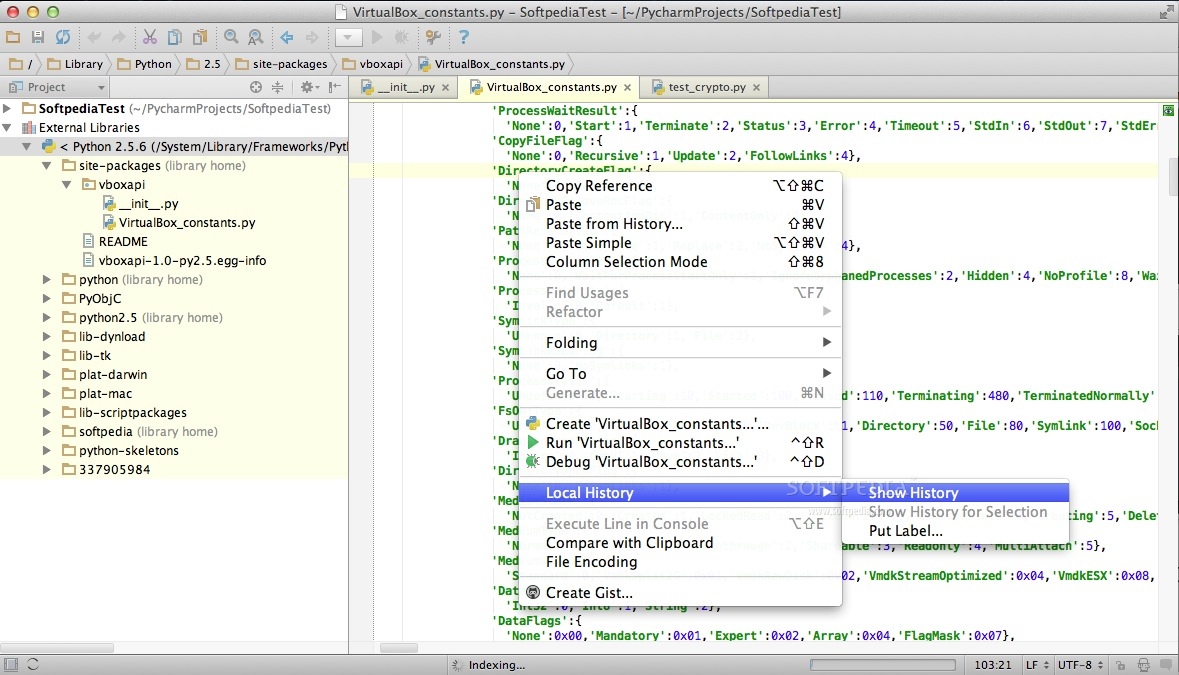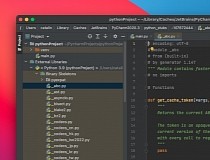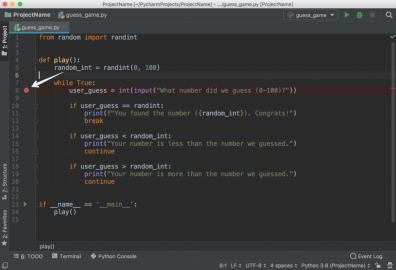

- #Pycharm community docker how to#
- #Pycharm community docker install#
- #Pycharm community docker code#
- #Pycharm community docker download#
Start a file synchronization service to keep your changes up-to-date between your local filesystem and your application pods.Deploy the development environment as described by okteto.yml into Okteto Cloud (or your personal Kubernetes cluster).The okteto up command will perform the following tasks automatically: Okteto uses this file to know what files to synchronize and which ones to skip. Since this is the first time you launch your development environment, the okteto CLI will ask you to create the. First, open a local terminal directly in Pycharm. Let’s deploy the development environment. Take a look at the manifest reference to learn the different configuration settings available. Run the bash when it starts, so we get a remote terminal.Forward port 8080 to the remote environment.Start a remote SSH server on port 2222.Automatically create it if it’s missing.Create a development environment named guestbook.This file is telling okteto to perform the following: Okteto looks for a particular file called okteto.yml to define the development environment for an application.Ĭreate a file named okteto.yml in the guestbook project and copy the following content:
#Pycharm community docker code#
Tools to run your tests and analyze your code (e.g., nosetest, pylint).
#Pycharm community docker install#
Tools to manage and install dependencies (e.g., pip, bundler, yarn).Binary dependencies (e.g., OpenSSL, git).


#Pycharm community docker download#
Run okteto login in your local console to create a free Okteto Cloud account, log in, and download your Kubeconfig. If you prefer to use your Kubernetes cluster, you can skip this step. To keep this example simple, we will be using Okteto Cloud to deploy the development environment. Okteto is compatible with any Kubernetes cluster, local or remote. Follow the steps below to install it:MacOS / LinuxWindows We’ll be using it to create and launch our development environment. The Okteto CLI is an open-source single-binary application that allows you to deploy development environments (among other things) in any Kubernetes cluster. When you run script through P圜harm remote interpreter it uses command like following: # ssh ' ' but it fails, because environment was not initialized and python can't import module (again, because env is not initialized and PYTHONPATH is incomplete). Use the credentials that you’ve set up for your Raspberry Pi. Then use the gear icon to add an SSH remote interpreter. Go to File Create New Project, and choose Pure Python (we’ll add Flask later, so you could choose Flask here as well if you’d prefer).
#Pycharm community docker how to#
How to keep environment variables for remote Python interpreter with P圜harm. This question would be better if asked in jetbrains community portal, voting to close this post. Then you can configure your run/debug configurations to run, debug or test your applications on the remote host. You can configure P圜harm to use Python interpreter from a remote host and set it as your project interpreter. The central entry point to remote development with P圜harm is the notion of Remote Interpreters. Today, I’m going to show you how you can use okteto to define and deploy a fully configured remote development environment for your python application and how to integrate it with P圜harm and how to use it to build a Cloud Native application. In the past, we’ve talked about how to develop remotely with VS Code.


 0 kommentar(er)
0 kommentar(er)
